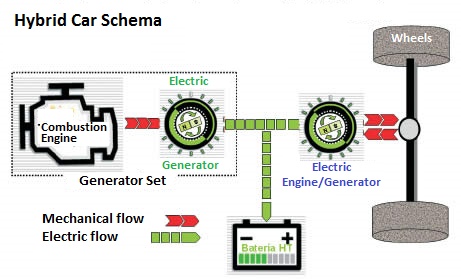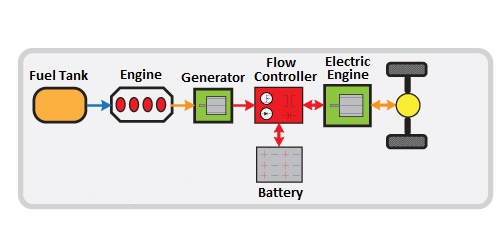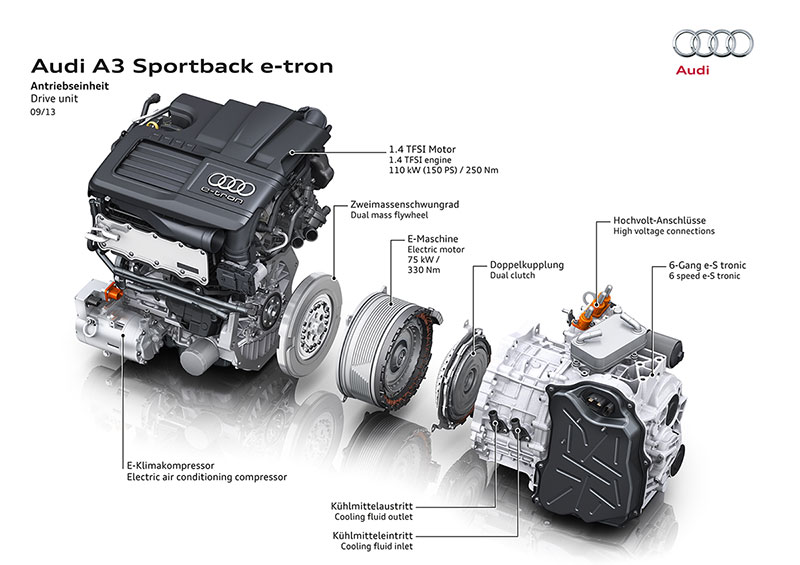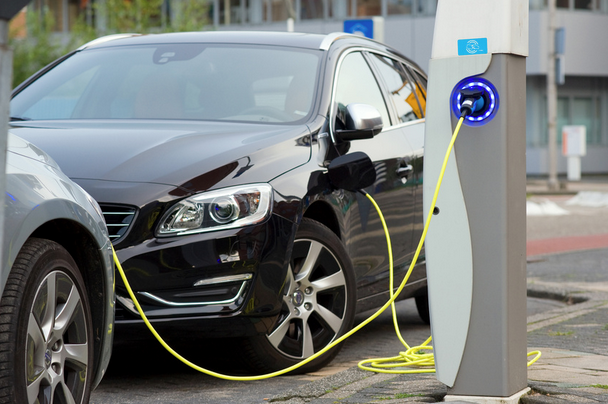Eletric cars nowadays continue being something “exotic” but this is not the case of hybrid ones. In some cities a high percentage of taxi cabs are this kind of cars. We have to suppose there is pure financial and cost reduction reason additional to other ecologic or enviromental reasons.
What is the main advantage of a hybrid car? It converts the energy of the car in electricity when braking and store this energy in a battery. This energy is used to start again and it only needs the classical engine to compensate energy loses in the system.
When driving in a city we are stopping and starting continously, over all in traffic congestions. In this last case comsumption reduction is impressive with hybrid cars. Additional this kind of cars have a reduced maintenance cost as the combustion engine could be small and they don’t spend brakes. This is the reasons it is perfect for taxi cabs because they are driving mainly in the cities and they reduce the cost dramatically.
But all these advantages disappear in the highway. In this case we don’t use brakes too much and high power is needed, too much. Energy is coming mainly from combustion engine and battery doesn’t help too much. Then fuel consumption increase around 10% because of the lack of efficiency compared with a classical car.
But not all hybrid cars follow the same schema. There are two trends led by Japan (Toyota/Lexus) and Germany (Volkswagen, Mercedes, etc)
Japanese cars are more simple. Combustion engine is only connected to an electric generator and there are two or four electric engines connected to the wheels. There is no mechanical connection between combustion engine and wheels.
Electric engines move the car or generate electricity when braking. An electronic system controls all energy flows. These are really simple with a low maintenance cost and they are the preferred by taxi cabs. As mention above consumption is 10% higher in roads or highway because the conversion between mechanical and electrical energy is not 100% efficient.
German cars are similar to classical cars with a classical mechanical transmision. Additionally an electric engine/generator is connected. It works like KERS in Formula One competition. There are automatic clutches connecting the right engine in each case. Of course both engines could be connected at the same time adding their power.
This system is more expensive as it use a mechanical energy distribution instead of an electronic energy distribution. The main advantage is there is no efficiency loses in roads and highways. It has the advantages of a hybrid cars in the city and the same consumption in the highway.
In both kind of cars there is an additional functionality: “Plug-in Hybrid”. They includes an external electricity connection to fully charge the battery from electricity network cheaper than generating from fuel. Even there are electricity connections for free in some places. A hybrid car use to have a 10 KWh battery providing 50 Km autonomy. If we use to drive short distances we can spend only electricity from electricity network leaving the combustion engine as backup one.
Maybe expected evolution is through plug-in hybrid cars instead of buying directly an electric one. Once hybrid cars are widely use battery will be bigger and combustion engine smaller. But it is not expected this combustion engine to disappear as electric cars have the risk of not finding an electricity supply point or needing the car when the battery is empty.











Pingback: Temas Tecnológicos » ¿Me interesa un coche híbrido?